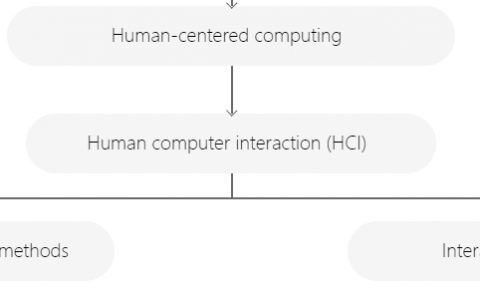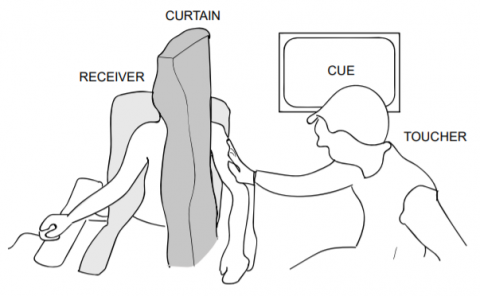Human, Chameleon or Nodding Dog?
PubDate: October 2018
Teams: Queen Mary University of London
Writers: Leshao Zhang;Patrick G.T. Healey
PDF: Human, Chameleon or Nodding Dog?

Abstract
Immersive virtual environments (IVEs) present rich possibilities for the experimental study of non-verbal communication. Here, the ‘digital chameleon’ effect, -which suggests that a virtual speaker (agent) is more persuasive if they mimic their addresses head movements-, was tested. Using a specially constructed IVE, we recreate a full-body analogue version of the ‘digital chameleon’ experiment. The agent’s behaviour is manipulated in three conditions 1) Mimic (Chameleon) in which it copies the participant’s nodding 2) Playback (Nodding Dog) which uses nods from playback of a previous participant and are therefore unconnected with the content and 3) Original (Human) in which it uses the prerecorded actor’s movements. The results do not support the original finding of differences in ratings of agent persuasiveness between conditions. However, motion capture data reveals systematic differences in a) the real-time movements of speakers and listeners b) between the Original, Mimic and Playback conditions. We conclude that the automatic mimicry model is too simplistic and that this paradigm must address the reciprocal dynamics of non-verbal interaction to achieve its full potential.



